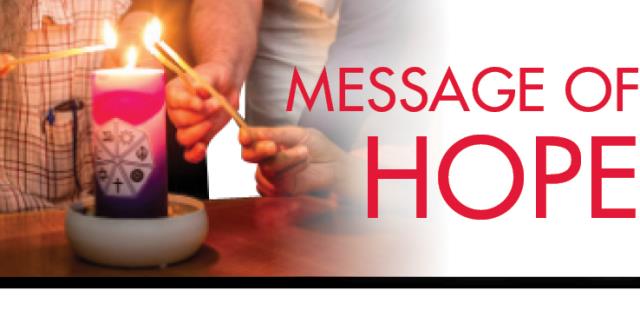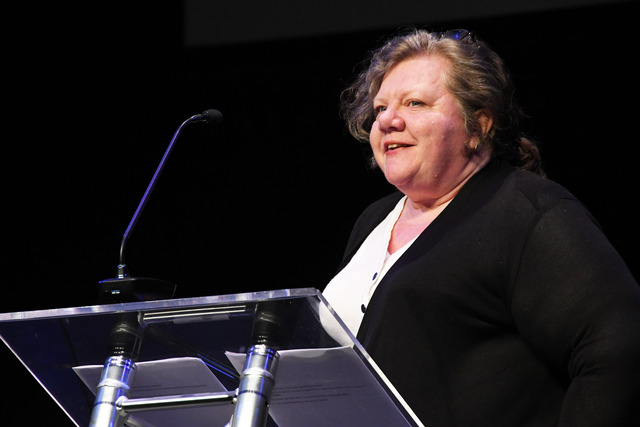 Pigeon power: Dandenong Racing Pigeon Club presidnet John Blackney said racing his feathered friends was a rewarding sport.
Pigeon power: Dandenong Racing Pigeon Club presidnet John Blackney said racing his feathered friends was a rewarding sport.By Glen Atwell
FORGET cricket, football and golf, go and race a pigeon instead.
That’s the message sported by the Dandenong Racing Pigeon Club, wherein lies a rewarding, complex and slightly mysterious sport.
President John Blackney has been racing pigeons at the club since 1979 and is one of few foundation members remaining.
The club moved from King George Parade in Dandenong to the Power Road Reserve in Doveton, where Blackney said the club had about 30 active members.
“We’ve been at Power Reserve behind the football club for about 15 years.
“We’d love to see some new faces and get more pigeons racing,” Blackney said.
Pigeon racing is highly competitive and the Dandenong club races once a week.
About 40 birds per race are trucked anywhere from 150 kilometres to 900 kilometres to the starting point and are released at an exact time for the journey home.
“Races are held over Victoria and interstate. We’ve released in Deniliquin and even Hobart,” Blackney said.
The pigeons can maintain speeds over 1000 metres per minute, but performance is heavily influenced by the conditions.
“With a tailwind, they can travel at two kilometres per minute.
“We use the weather to work out what time the birds will be home,” Blackney explained. Once the pigeon has returned, the race is not over until the bird is captured.
Then, using mathematical calculations to work out time and average velocity, a winner is found.
“Some members might live further away from the starting point, so we use time and distance to crown a winner,” Blackney said.
The mysterious side to the sport is that no one knows how pigeons actually home.
“With a brain the size of a pea, they do a pretty good job,” Blackney said.
Homing pigeons are believed to use the sun and the earth’s magnetic field to navigate their way to the finish line, though some believe the pigeon simply has an innate sense of direction.
But not every pigeon released returns home. Predators and environmental dangers are to blame for the losses.
“I’ll start a season with about 90 birds and finish with 40 or 50,” Blackney said. “The hawks were particularly bad last season, they hunt pigeons.
“Other than predators, there are power lines, fences and bad weather to contend with,” Blackney said.
But some pigeons can just lose interest, or find a new mate on the journey home.
“They are sort of like women, I can never tell what they are thinking,” Blackney laughed.
Losing birds is a part of pigeon racing that competitors have to deal with.
“You can’t become attached to the birds, just look after them and train them well,” he said.
Just like elite athletes, training is an important part of the racing fixture.
“I’ll take birds about 50 kilometres away and let them fly home about once a week,” Blackney said.
The sport is inexpensive and a master pigeon trainer can be aged between nine and 90.
For more information and membership inquiries contact John Blackney, phone 9547 3497.






